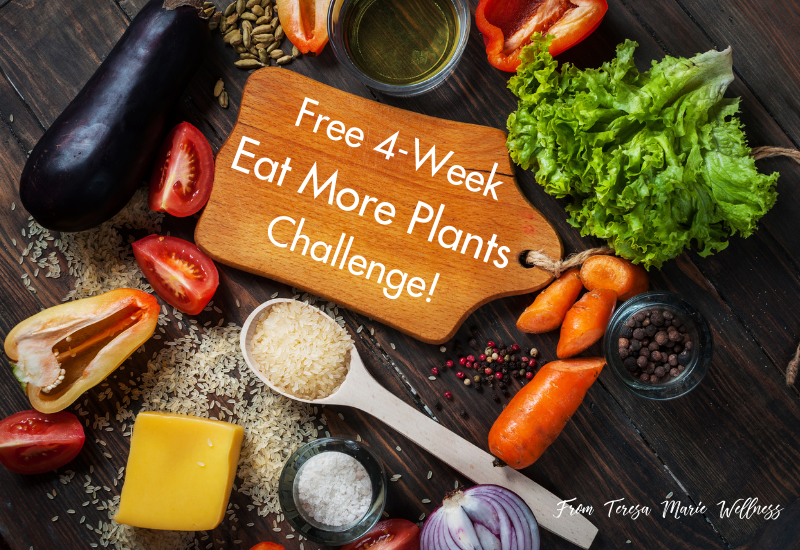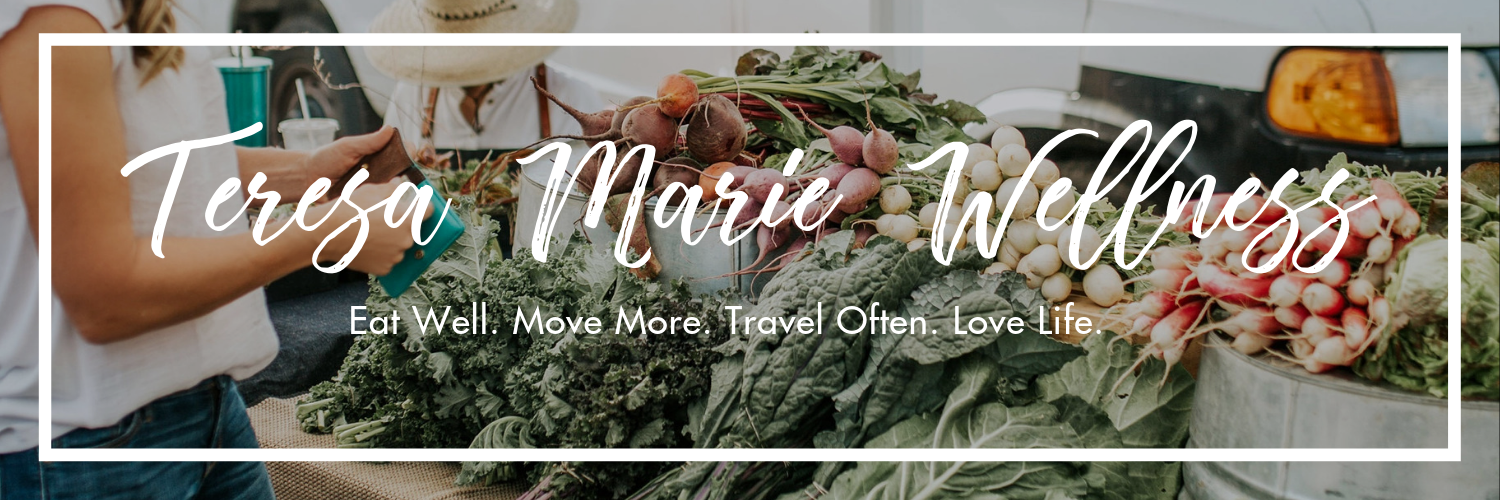Part 5: The Best Plant Based Protein Sources

Protein is such a popular macronutrient! And if you just came from my post about calculating how much protein YOUR body needs, you know it’s a widely misunderstood nutrient as well. By now, you should have a grasp of how many grams you’re looking for each day (and if you don’t, go back now and figure it out and come back).
Now it’s time to look a which foods are the best sources of protein. And we are about to prove, that yes, plants have protein too! I hope you discover some new and exciting plant based sources to swap for some traditional animal based sources.
As a reminder, this is Part 5 of the 4-Week Eat More Plants Challenge. Here is a quick review of where we’ve been and where we’re headed:
- Welcome: What is a Plant Forward Diet
- Setting up Your Plant Forward Pantry
- When Organic Food is Worth the Cost
- Calculate How Much Protein YOUR Body Needs
- The Best Sources of Traditional & Plant Based Proteins <== You are Here
- Preventing Food Waste with Proper Food Storage
- Which Plants Can Cause Bloating and Inflammation
- Cultivating Sustainable Healthy Habits
When looking at any source of protein, there is more than just grams of protein per portion size. You also want to know how many calories you’re getting as well as saturated fat if you’re consuming with traditional protein. The more grams of protein you can get for less calories, the more efficient your protein is and in essense, that makes it better. Let’s dig in…
The Best Sources of Plant Based Protein
“Peanut butter is a good source of plant based protein.”
There is some truth to that statement because a standard serving of peanut butter is 2 tablespoons and it does come with 7 grams of pure plant protein and mostly healthy fat. But it’s also very high in energy (190 calories) and fat (16g fat). Depending on which brand you buy, it can even include added sugars (Skippy adds 3g).
Comparing Peanut Butter to Broccoli
If I relied on peanut butter to be one of my best plant based protein sources, I’d have to consume over 1000 calories of it to hit my minimum protein requirement for the day (120 lbs/2.2 = 54kg x .8g = 44g protein). By comparison, broccoli has only 2.6g protein per serving, which is only 31 calories for an entire cup. To hit the same protein requirement, I’d only have to consume 532 calories.
Side Note: I totally get that eating 11 Tbsp of peanut butter or 17 cups of broccoli would be a super whacky way to hit protein requirements. But I hope it helps illustrate my point of the vast differences amongst the best plant based protein sources and the total energy impact variances.
So how do you weigh a good source of plant protein?
I mean, it’s clear that eating more plants is a good thing, but comparing them to each other is literally comparing apples to oranges. There are so many factors to consider based on the entire nutrient profile of the plant. If you eat a predominantly (or solely) plant based diet, I bet you’ve wondered which ones pack the best protein buck for their caloric weight.
Over at the Clean & Colorful Kitchen, we work hard to ensure each of our meals packs at lest 15g of plant protein but still stays within our regular portion energy requirements of 425 calories per serving. This challenged me to really know which of our plants pack the most efficient protein punch.
Leveling the Playing Field with Plant Protein Density
Because I couldn’t find a chart out there that ranked these pants based on their protein per calorie (a.k.a protein density), I decided to create one. Enter Excel! I created a spreadsheet and listed all the plants most commonly associated with being high in protein. I recorded the serving size along with total calories, grams of fat, sugar and also fiber (just for fun, those were not weighed into the protein density equation). Then I divided the total grams of protein per serving by the number of calories then multiplied it by 100 so that the numbers were comprehendible.

How to Read and Use This Chart
It’s pretty simple really. The number of grams listed next to the plant is the number of grams of protein you’d get if you ate 100 calories of that food, regardless of he physical size of the serving. You won’t use this chart to help calculate your protein consumption for the day, because the serving sizes are so vast and different. But you can use it to eyeball the most protein dense plants, and make sure you’re incorporating them into your plant based or plant forward diet.
Deciding which proteins you’ll eat and how much
Now that you’ve eyeballed some of the best plant based protein sources, let’s talk about what it looks like to actually eat these proteins to meet your needs. Remember, in a Plant Forward Diet, you can get most of your protein from plants, but you can also add small quantities of traditional sources as well.
Animal sources of protein do contain more protein by weight as well as important vitamins like iron, zinc and B12. But they can also be higher in saturated fat. The best strategy is to select the majority of your protein from plant sources such as soy, legumes, nuts seeds, vegetables and use only small quantiles of responsibly sourced animal protein.
Below is a chart to give you a rough idea about some of the most common sources of protein to give you a quick idea of the quantity of food you would need to achieve your daily protein goals.

Figure out which proteins you want to eat
Your Protein Worksheet and Plan from the last lesson also includes an area for you to process and discover your preferred protein sources based on this information. Go grab it or print it now and let’s figure this out.
In Summary & Next Steps
Protein comes from both plant and animal sources. Plant based proteins are lower in saturated fat and also come with fiber. This makes them more filling and healthier for your body. They are also easier for the earth to produce, making them better options for sustainability as well. Plus, they are delicious and help you feel great!
I hope this information will be helpful as you adopt the Plant Forward style and start to dig into meal planning.
- Print your Protein sources worksheet. If you are signed up for the 4-Week Challenge, add it to your small binder or folder with your other challenge printable action sheets.
- Think about the questions. Which of these plant based proteins look best to me? Which ones can include in my daily and weekly meal plan? Of the traditional proteins, which ones will I enjoy in moderation? I generally eat a protein that is not on these lists, what can I try instead to see if I like it as much? Use your worksheet from part 4 to record your answers.
- If you want more support building a full meal plan that has enough plant based protein, definitely take a look at my Plant Forward Meal plans. They include full, well balanced days and give you the option to add traditional sources as you prefer.
Up next in the 4-Week Eat More Plants Challenge: Preventing Food Waste Through Proper Food Storage! If you’re not signed up for the free challenge yet, you can do that right here!

There you have it! You’re well on your way to adopting a Plant Forward diet and feeling the amazing benefits!
About The Author
Teresa Howes
I’m a board certified holistic nutritionist, certified personal trainer, plant forward & flexatarian lifestyle enthusiast and self proclaimed Veggie Ninja. I’m here to inspire and illustrate how delicious, simple and fun healthy living can be!
Related Posts
A Healthy Gut Party (a.k.a How to Restore Gut Health After Antibiotics)
I am an advocate of a healthy diet and how the right food is at…
November 28, 2024The Perfect Plant Forward Thanksgiving
The word “healthy” is generally not the first thing to jump in your…
November 18, 2024

